
The Majestic Trolltunga: Norway's Natural Wonder
Discover Trolltunga in Norway: A breathtaking adventure to one of the world's most stunning and iconic rock formations, offering panoramic views and unforgettable experiences.
Trolltunga, or 'Troll's Tongue,' is one of Norway's most dramatic and iconic rock formations. Perched 1,100 meters above sea level, this stunning cliff juts out horizontally over Lake Ringedalsvatnet, offering awe-inspiring panoramic views of the surrounding fjords and mountains. The journey to Trolltunga is an adventure in itself, involving a challenging hike that takes you through varied terrains, from lush forests to rocky plateaus. This destination is perfect for adventure seekers and nature lovers who are looking for an unforgettable experience in the great outdoors. The hike to Trolltunga is about 28 kilometers round trip and can take anywhere from 10 to 12 hours, depending on your pace and the weather conditions. It is recommended to start early in the morning to make the most of daylight hours. Along the way, you'll encounter breathtaking landscapes, including cascading waterfalls, pristine lakes, and rugged mountains. While the hike is demanding, the reward at the end is well worth the effort. Standing on the edge of Trolltunga, with the vast expanse of nature stretching out before you, is a moment that will stay with you forever. Safety is a priority when visiting Trolltunga. The weather can be unpredictable, and conditions can change rapidly. It's essential to be well-prepared with proper hiking gear, sufficient food and water, and a good understanding of your physical limits. Guides are available if you prefer to have expert assistance during your hike. Additionally, there are several campsites along the route where you can rest and take in the natural beauty of the Norwegian wilderness.
Local tips in Trolltunga
- Start your hike early to maximize daylight and avoid crowds.
- Check weather forecasts and trail conditions before you go.
- Bring plenty of water and high-energy snacks to keep you fueled.
- Wear sturdy, waterproof hiking boots for the varied terrain.
- Consider hiring a guide if you're not an experienced hiker.
- Pack a first aid kit and emergency supplies for safety.
- Take breaks and enjoy the stunning scenery along the way.
The Majestic Trolltunga: Norway's Natural Wonder
Trolltunga, or 'Troll's Tongue,' is one of Norway's most dramatic and iconic rock formations. Perched 1,100 meters above sea level, this stunning cliff juts out horizontally over Lake Ringedalsvatnet, offering awe-inspiring panoramic views of the surrounding fjords and mountains. The journey to Trolltunga is an adventure in itself, involving a challenging hike that takes you through varied terrains, from lush forests to rocky plateaus. This destination is perfect for adventure seekers and nature lovers who are looking for an unforgettable experience in the great outdoors. The hike to Trolltunga is about 28 kilometers round trip and can take anywhere from 10 to 12 hours, depending on your pace and the weather conditions. It is recommended to start early in the morning to make the most of daylight hours. Along the way, you'll encounter breathtaking landscapes, including cascading waterfalls, pristine lakes, and rugged mountains. While the hike is demanding, the reward at the end is well worth the effort. Standing on the edge of Trolltunga, with the vast expanse of nature stretching out before you, is a moment that will stay with you forever. Safety is a priority when visiting Trolltunga. The weather can be unpredictable, and conditions can change rapidly. It's essential to be well-prepared with proper hiking gear, sufficient food and water, and a good understanding of your physical limits. Guides are available if you prefer to have expert assistance during your hike. Additionally, there are several campsites along the route where you can rest and take in the natural beauty of the Norwegian wilderness.
When is the best time to go to Trolltunga?
Iconic landmarks you can’t miss
Trolltunga Active
Experience breathtaking adventures at Trolltunga Active, your gateway to Norway's natural wonders and iconic landscapes.
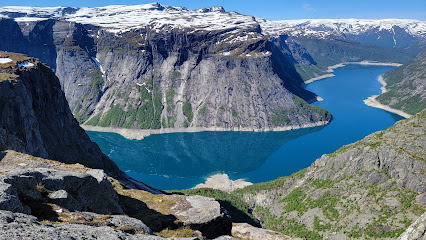
Old Trolltunga Starting Point
Discover the breathtaking views and exhilarating hikes at the Old Trolltunga Starting Point, the gateway to Norway's iconic Trolltunga formation.
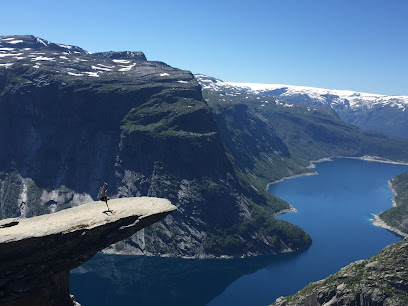
Lilletopp (Hardanger)
Explore Lilletopp in Hardanger, a breathtaking hiking area with stunning views of fjords and mountains, perfect for nature lovers and adventurers.
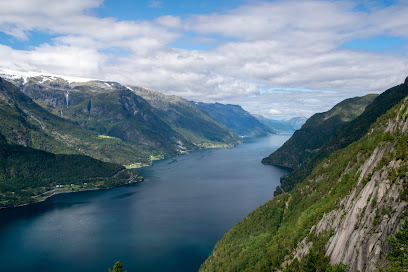
Opo River Viewpoint
Experience the serene beauty of Opo River Viewpoint, a breathtaking spot showcasing panoramic views of Odda's stunning fjord landscape.
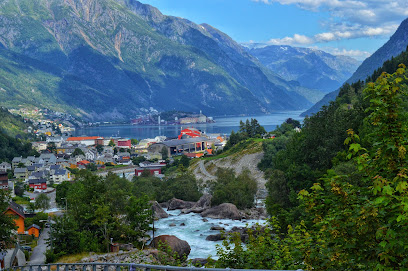
Trolltunga Hike Starting Point
Explore the breathtaking Trolltunga hike in Norway, where adventure meets stunning landscapes and iconic views of nature's beauty.
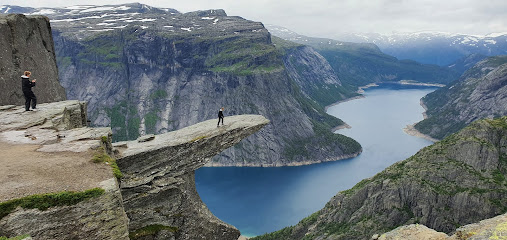
Ringedals Dam
Explore the Ringedals Dam: a stunning blend of nature and engineering in Tyssedal, Norway, perfect for adventure and breathtaking views.
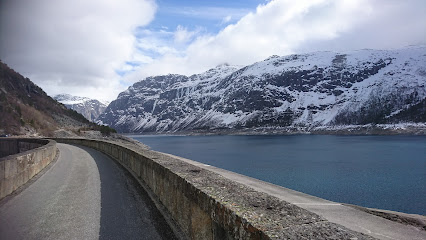
Vidfossen
Explore the breathtaking beauty of Vidfossen, Norway's majestic waterfall, surrounded by lush landscapes and scenic hiking trails.
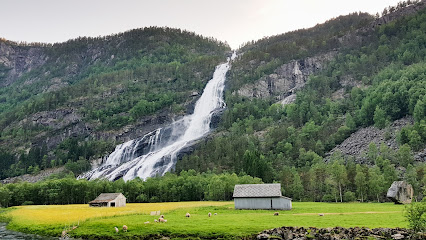
Netflix-steinen
Experience the breathtaking views and cinematic charm of Netflix-steinen, a must-visit tourist attraction in Odda, Norway, perfect for nature lovers and photographers.
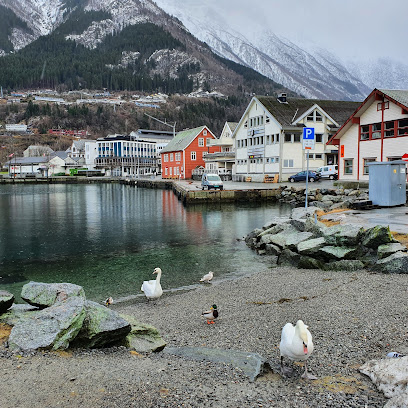
Skysshesten
Explore Skysshesten, a remarkable sculpture in Odda, Norway, where art and nature intertwine amidst stunning landscapes and rich cultural heritage.
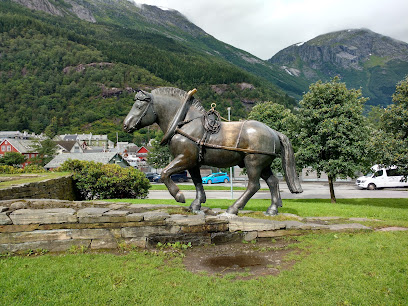
Strandsfossen
Experience the breathtaking beauty of Strandsfossen, a captivating waterfall in Odda, Norway, surrounded by lush nature and stunning landscapes.
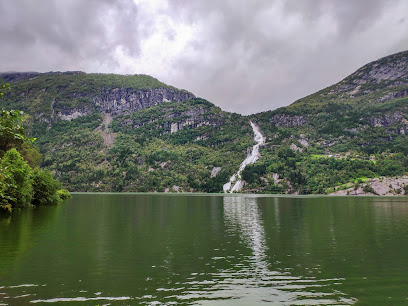
Trolltunga Stiga
Discover the breathtaking Trolltunga Stiga in Norway, where adventure meets stunning natural beauty in a remarkable hiking experience.
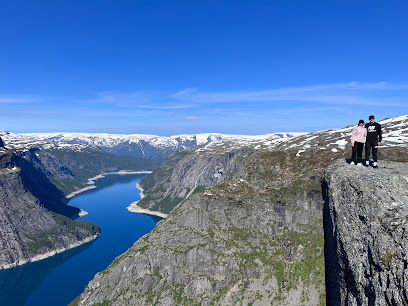
Eidesnuten 903 m.o.h
Discover Eidesnuten, a breathtaking peak in Norway offering stunning views and unforgettable hiking experiences in the heart of nature.
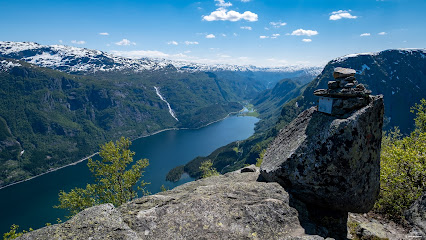
Trolltunga Adventures
Explore Norway’s iconic Trolltunga with Trolltunga Adventures – Experience breathtaking views, exhilarating hikes, and unforgettable memories in nature's paradise.
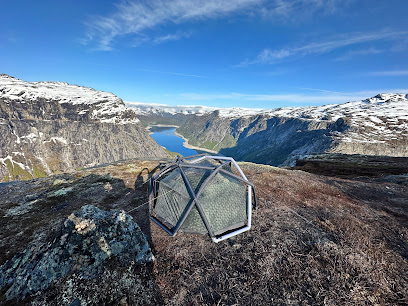
Kaskade
Discover the serene beauty of Kaskade in Odda, Norway – a tranquil tourist attraction blending nature and relaxation.
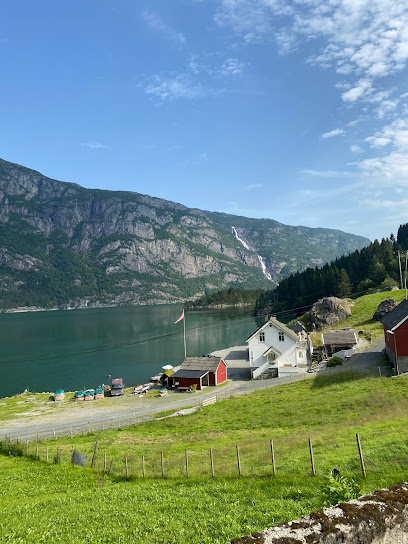
Utsikt til Buerbreen
Explore the stunning views of Buerbreen glacier at Utsikt til Buerbreen, a must-visit attraction in Ullensvang, Norway.
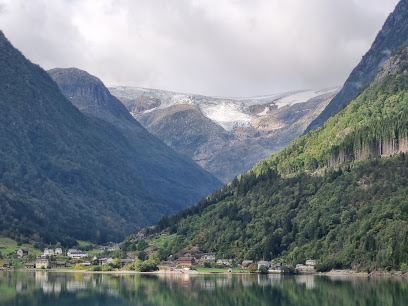
Unmissable attractions to see
Trolltunga Troll's Tongue
Experience the breathtaking beauty of Trolltunga, Norway's iconic rock formation, offering stunning views and unforgettable hiking adventures.

Agatunet
Discover the enchanting Agatunet, an open-air museum in Norway showcasing traditional architecture and rich cultural heritage amidst stunning landscapes.
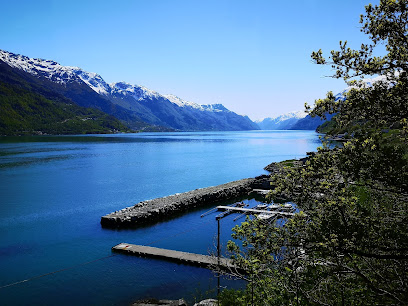
Opo River Viewpoint
Discover the stunning beauty of Norway at Opo River Viewpoint, where breathtaking landscapes and serene river views await.
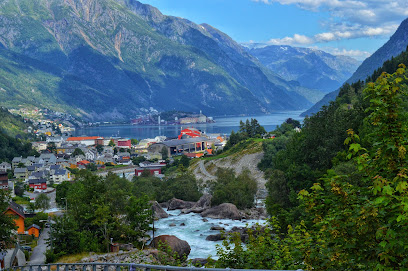
Vidfossen
Experience the breathtaking beauty of Vidfossen, a stunning waterfall in Norway, perfect for nature lovers and adventure seekers alike.
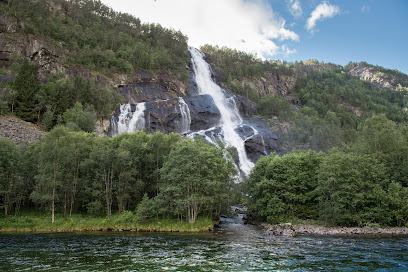
Espelandsfossen
Discover the breathtaking beauty of Espelandsfossen, a stunning waterfall in Norway that offers nature lovers a serene escape and spectacular views.
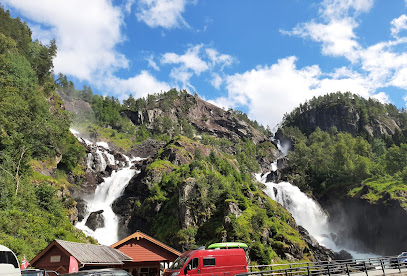
Netflix-steinen
Experience breathtaking views and serene landscapes at Netflix-steinen, a top tourist attraction in Odda, Norway, perfect for nature lovers and outdoor enthusiasts.
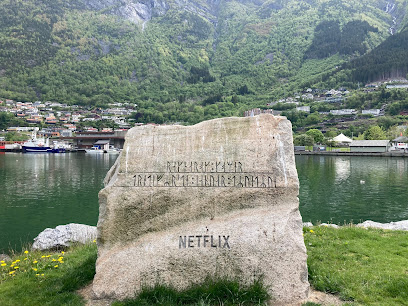
Strandsfossen
Experience the breathtaking beauty of Strandsfossen Waterfall in Odda, Norway—a stunning natural attraction and hiking haven.
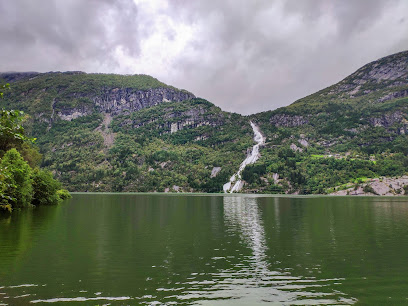
Eidesnuten 903 m.o.h
Discover the breathtaking heights of Eidesnuten, a stunning mountain peak near Odda, Norway, offering unparalleled panoramic views and exhilarating hiking adventures.
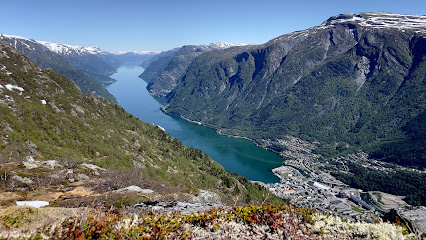
Utsikt til Buerbreen
Discover the stunning beauty of Buerbreen Glacier at Utsikt til Buerbreen, a must-see natural attraction in Ullensvang, Norway.
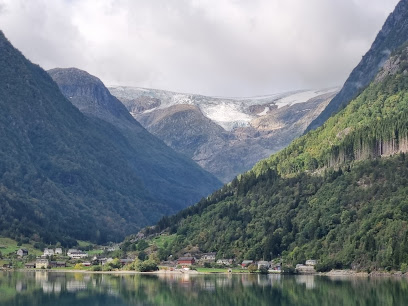
Storanes
Explore the stunning landscapes and rich culture of Storanes, a captivating tourist attraction in Odda, Norway, ideal for nature lovers and adventurers.

Bjødnabykse
Discover Bjǿdnabykse, a serene tourist attraction in Lofthus, Norway, where breathtaking landscapes and peaceful nature await your exploration.
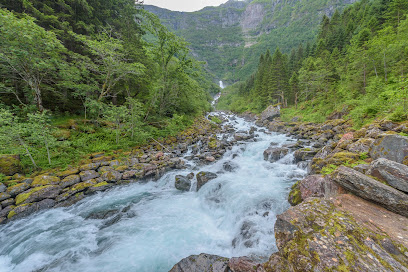
Skrikjofossen
Experience the breathtaking beauty of Skrikjofossen Waterfall, a natural gem in Norway surrounded by stunning landscapes and serene tranquility.
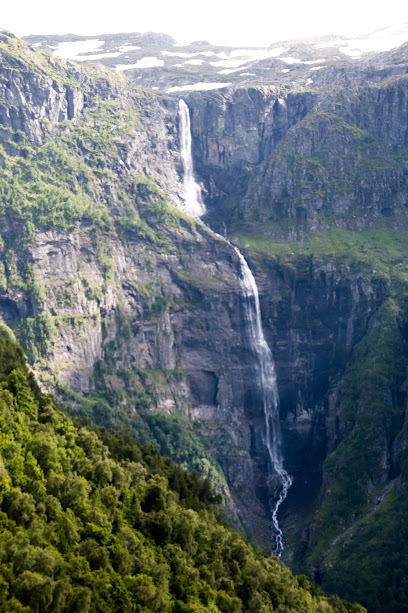
Norges største stein
Discover the awe-inspiring beauty of Norges største stein, Norway's largest stone, surrounded by breathtaking fjords and lush landscapes.

Odda kaskade
Experience the breathtaking beauty of Odda Kaskade, a stunning waterfall nestled in Norway's picturesque landscapes, perfect for nature lovers and adventurers.

Positivitetsskiltet
Discover Positivitetsskiltet in Odda, Norway - a vibrant landmark promoting positivity amidst stunning natural beauty.
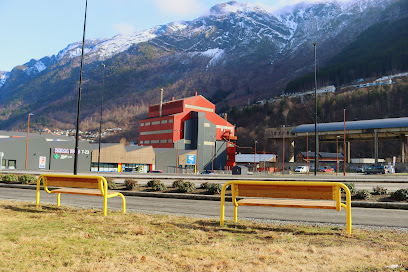
Essential places to dine
Smeltehuset Mat Prat Bar
Experience authentic Norwegian cuisine and delicious pizzas at Smeltehuset Mat Prat Bar in Odda – where tradition meets modern taste.
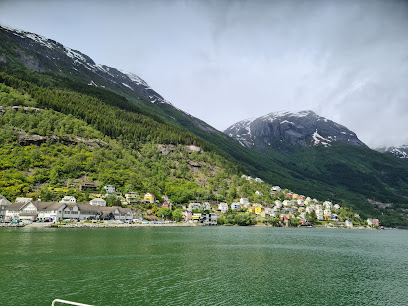
Odda-Grillen
Experience the best of grilled cuisine at Odda-Grillen in Norway - where delicious flavors meet welcoming hospitality.
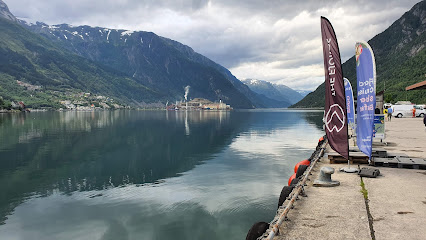
Tyssedal Hotel
Experience unparalleled comfort and stunning views at Tyssedal Hotel, your perfect retreat in the heart of Norway's natural beauty.
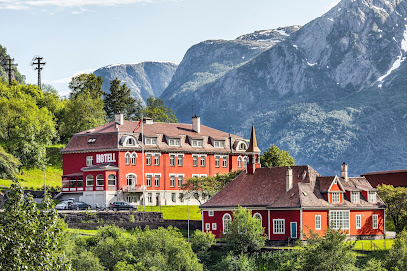
Asian Wok, Odda
Experience authentic Chinese flavors at Asian Wok in Odda – where culinary tradition meets modern taste.
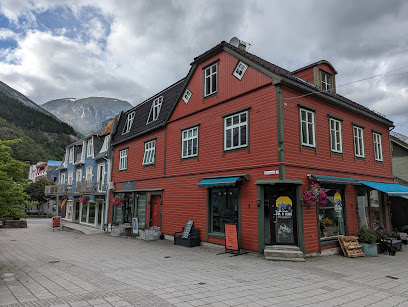
Glacier Restaurant, Bar & Cafe
Savor exquisite flavors at Glacier Restaurant in Odda - where culinary diversity meets Norwegian hospitality.
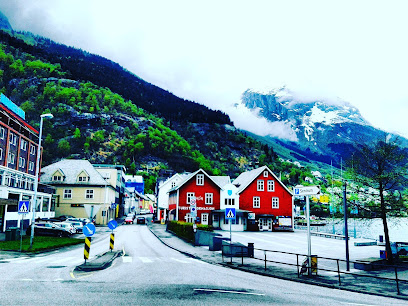
Gløyp Spiseri
Experience authentic Norwegian cuisine at Gløyp Spiseri in Kinsarvik - where every meal tells a story!
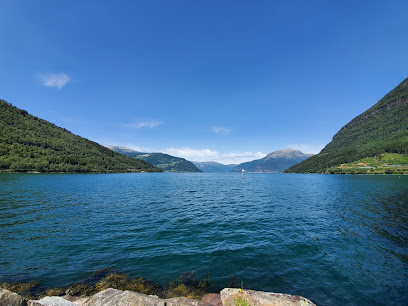
Hallingstuene
Discover exquisite Norwegian cuisine at Hallingstuene in Geilo - where local flavors meet culinary artistry.
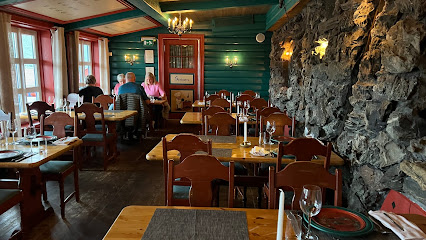
Elins Matgleder
Experience authentic Norwegian cuisine at Elins Matgleder, where local flavors meet warm hospitality in scenic Rosendal.
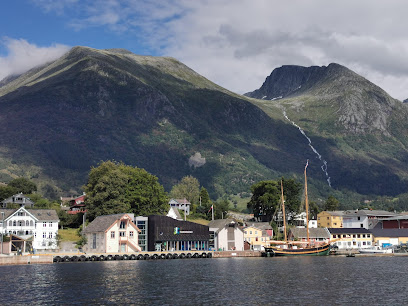
KOMPAEN - Bistro og Deli
Discover the culinary delights of KOMPAEN - Bistro og Deli in Lofthus, where local flavors meet cozy ambiance amidst breathtaking scenery.
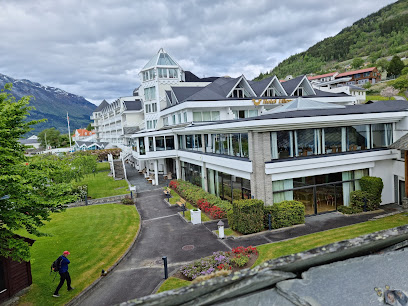
Thai Take Away Odda AS
Experience the rich flavors of Thailand at Thai Take Away Odda AS, where authenticity meets convenience in the heart of Norway.
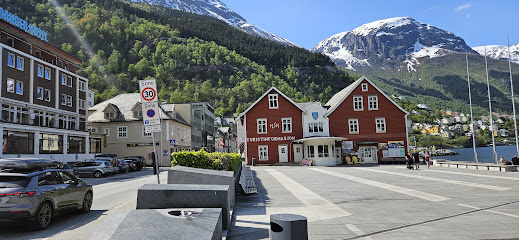
Mama Rosa
Discover authentic Italian flavors at Mama Rosa in Odda - home of delicious pizza made with fresh ingredients and traditional recipes.
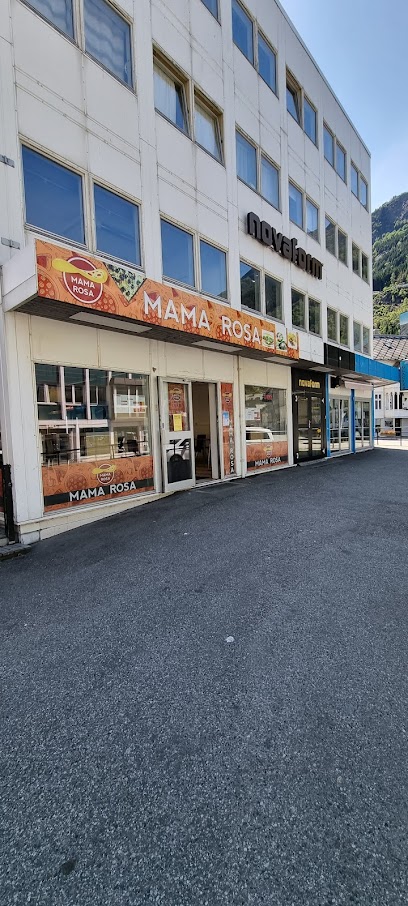
Hardangerviddahallen
Experience authentic Norwegian cuisine with breathtaking views at Hardangerviddahallen in Øvre Eidfjord.
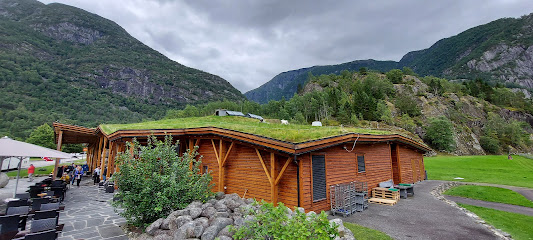
Buer Restaurant
Experience exquisite Norwegian cuisine at Buer Restaurant in Odda – where local ingredients meet breathtaking views.
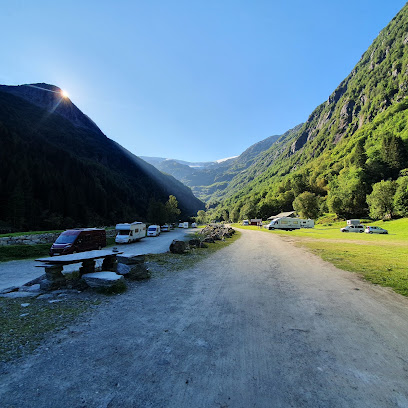
Lofthus Ekspedisjon
Experience local craft beers and artisanal ciders at Lofthus Ekspedisjon—a perfect blend of nature's beauty and culinary delight.
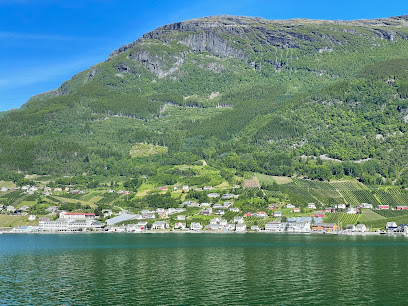
Ferskvaren AS
Experience authentic Norwegian cuisine at Ferskvaren AS in Odda—where fresh ingredients meet stunning views.
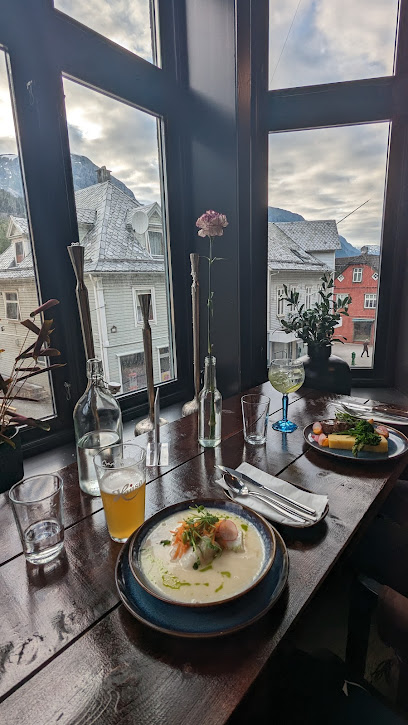
Markets, malls and hidden boutiques
Trolltunga
Explore the breathtaking Trolltunga, an iconic rock formation in Norway offering stunning views and an unforgettable hiking experience in nature's paradise.
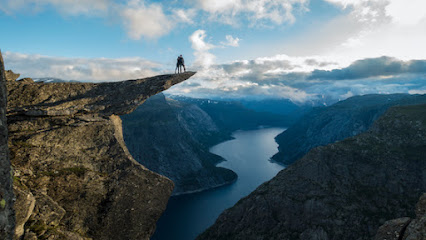
Extra Odda
Discover fresh produce and local delicacies at Extra Odda, the vibrant grocery store in the heart of Odda, Norway.
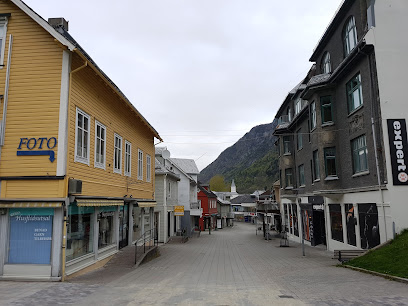
Spar
Discover the best of Norwegian flavors at Spar, your trusted grocery store in the heart of Odda, offering fresh produce and local delicacies.
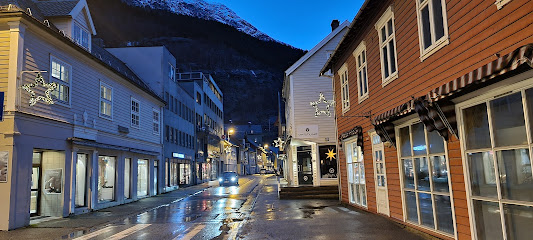
Bunnpris Odda
Discover the flavors of Norway at Bunnpris Odda, your go-to grocery store for local delicacies and essentials in the heart of Odda.
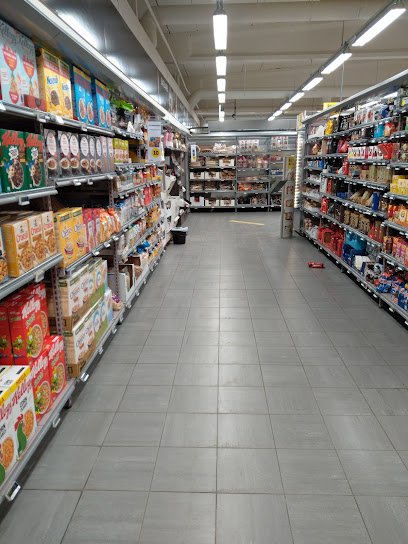
Terje Storhaug
Discover unique men's fashion at Terje Storhaug in Odda, where style meets quality in a welcoming atmosphere.
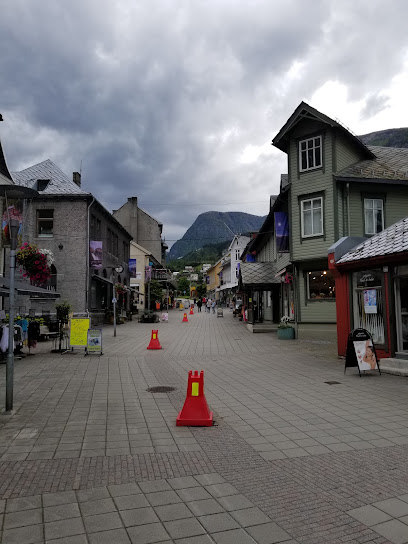
Nærbutikken Tyssedal
Explore Nærbutikken Tyssedal: Your one-stop grocery shop for fresh local produce and traditional Norwegian products.

Sport 1 Odda
Discover the best sporting goods at Sport 1 Odda, where adventure begins with quality gear and expert advice in the heart of Norway.
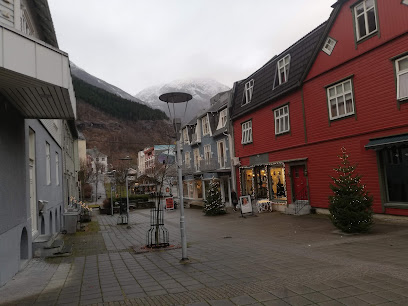
Europris Odda
Discover Europris Odda, the ultimate variety store for all your shopping needs in the heart of Norway's scenic Odda.
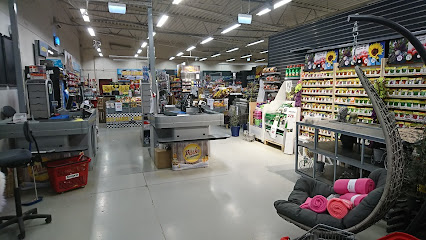
Mekk Hardanger
Explore Mekk Hardanger, the ultimate destination for all your DIY needs in Odda, Norway, offering a wide range of hardware, tools, and outdoor supplies.
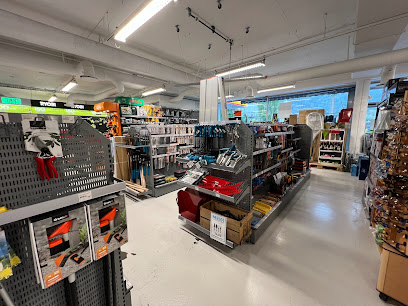
Norli Odda
Explore the literary treasures of Norli Odda, a cozy book store in the heart of Norway, offering a unique selection of books and gifts for every traveler.
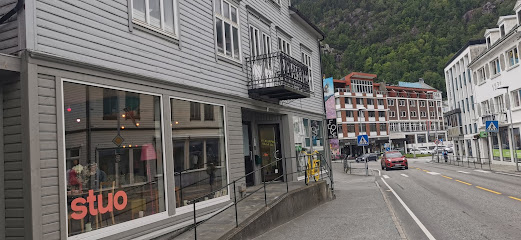
Sports Outlet Odda
Explore Sports Outlet Odda for top-quality sporting gear and apparel, perfect for your Norwegian outdoor adventures.
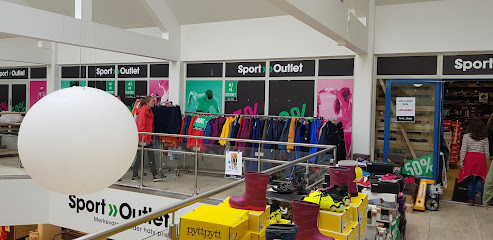
Gullhuset AS
Discover the artistry of handcrafted jewelry at Gullhuset AS in Odda – a goldsmith haven filled with unique treasures and personalized designs.
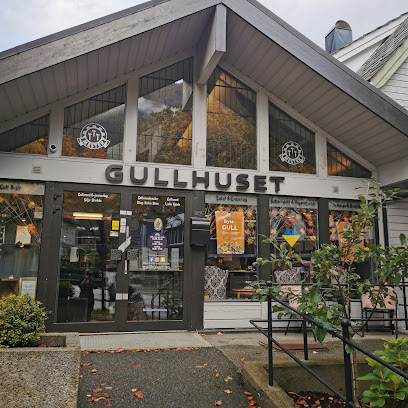
Eurosko
Explore Eurosko in Odda for a diverse selection of stylish footwear perfect for every occasion, backed by excellent customer service.
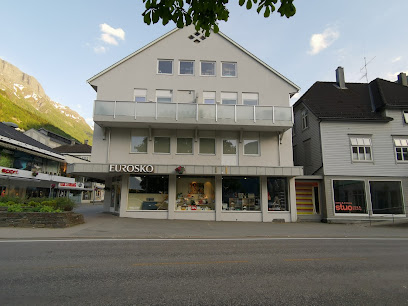
Sørfjordsenteret
Experience shopping and dining at Sørfjordsenteret, the heart of retail in Odda, Norway, where local charm meets modern convenience.
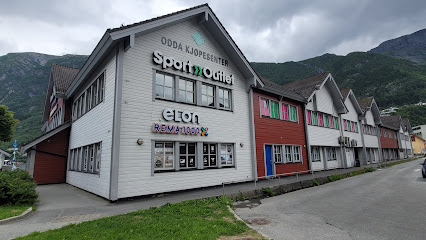
Cubus Odda
Discover fashion at Cubus Odda, where you'll find stylish clothing for the whole family amidst Norway's stunning landscapes.
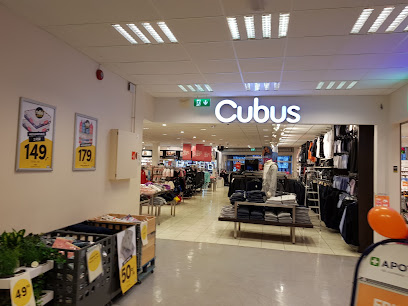
Essential bars & hidden hideouts
Smeltehuset Mat Prat Bar
Discover the flavors of Norway at Smeltehuset Mat Prat Bar, where traditional dishes meet modern culinary creativity in a cozy setting.
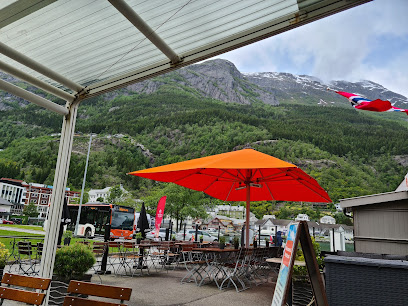
Odda-Grillen
Experience the best of Norwegian grilled cuisine at Odda-Grillen, a local favorite in the heart of Odda, perfect for food lovers and travelers.
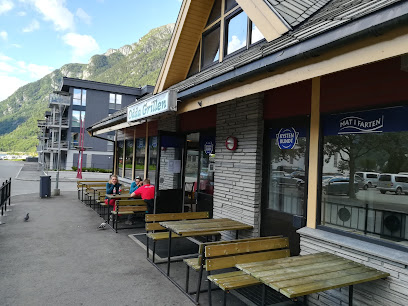
Glacier Restaurant, Bar & Cafe
Experience the flavors of Europe, India, and the Middle East at Glacier Restaurant, Bar & Cafe in Odda, Norway, where culinary diversity meets stunning natural beauty.
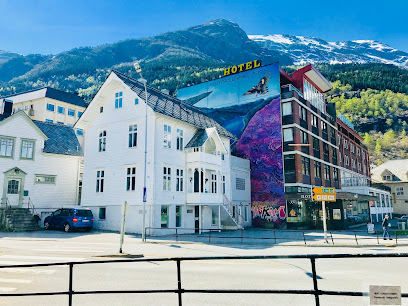
Thai Take Away Odda AS
Discover a taste of Thailand in Odda with authentic dishes and a vibrant atmosphere at Thai Take Away Odda.
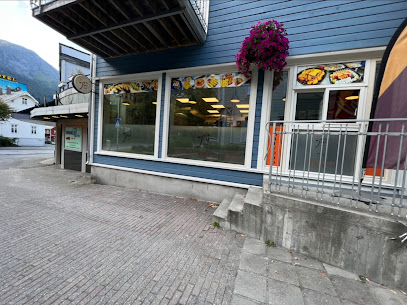
Mama Rosa
Discover the best pizza in Odda at Mama Rosa, where traditional flavors meet a warm and inviting atmosphere.
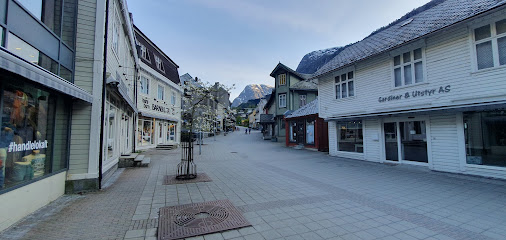
Buer Restaurant
Discover the essence of Norwegian cuisine at Buer Restaurant in Odda, where fresh ingredients meet local tradition in a cozy atmosphere.
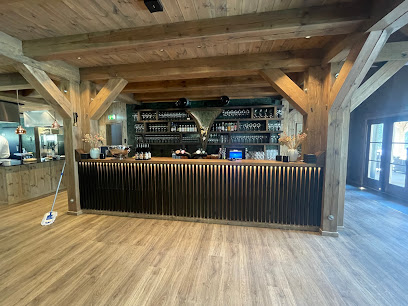
Lofthus Ekspedisjon
Experience the best of Norwegian brewing culture at Lofthus Ekspedisjon, a charming brewpub with locally crafted beers, ciders, and delectable pizzas.
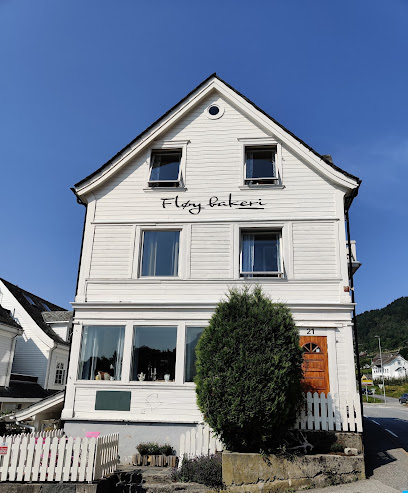
Ferskvaren AS
Experience the essence of Norwegian cuisine at Ferskvaren AS in Odda, where fresh, local ingredients are transformed into culinary delights.
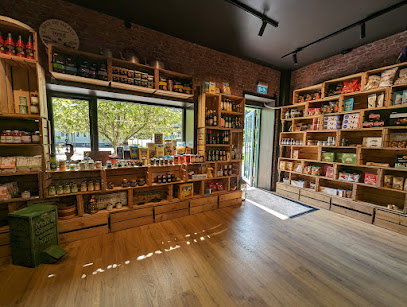
Iris Scene Odda
Experience the flavors of Norway at Iris Scene Odda, a must-visit restaurant for food lovers exploring the scenic town of Odda.
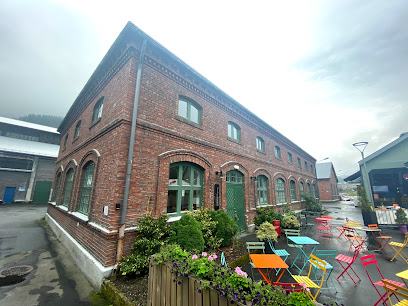
Vertshuset
Discover the warm ambiance of Vertshuset, a cozy bar in Odda offering local brews and a friendly atmosphere for travelers.
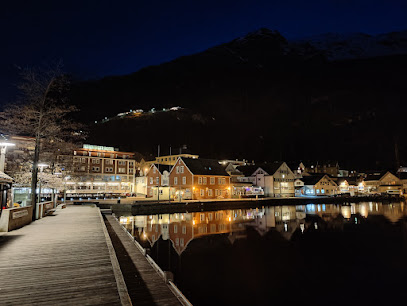
Siderhuset Ola K
Discover the exquisite flavors of Norway at Siderhuset Ola K, a culinary gem with stunning fjord views in Nå.
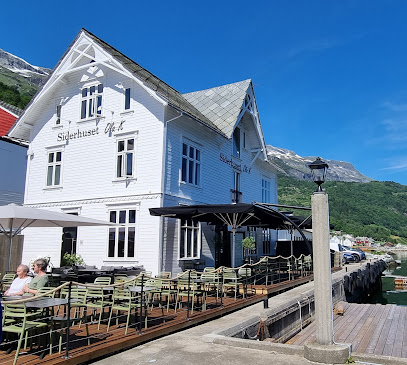
Cinderella Tavern
Explore the vibrant atmosphere and delicious meat dishes at Cinderella Tavern, a fast food paradise in Nå, Norway, perfect for every traveler.
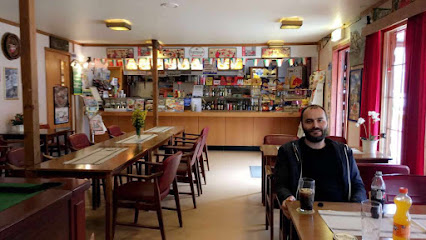
neighbor Pub
Discover the lively spirit of Naboen Pub in Norheimsund, where locals and travelers unite over drinks and unforgettable experiences.

Sentralbadet litteraturhus, Odda
Discover the vibrant culture and delightful cuisine at Sentralbadet Litteraturhus in Odda, Norway, where community meets culinary excellence.
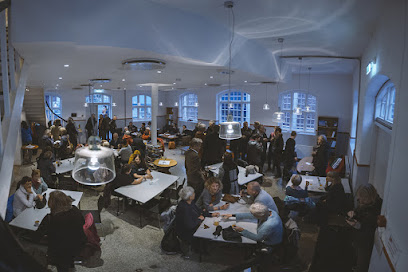
Cafe Verket
Discover the charm of Cafe Verket in Odda, where cozy vibes meet delicious local cuisine in an unforgettable setting.
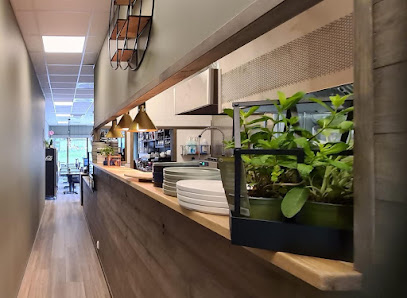
Local Phrases about Trolltunga
-
- HelloHei
[hay] - GoodbyeHa det
[hah deh] - YesJa
[ya] - NoNei
[nay] - Please/You're welcomeVær så god
[vair saw goh] - Thank youTakk
[tahk] - Excuse me/SorryUnnskyld
[oon-skuld] - How are you?Hvordan har du det?
[vor-dan har doo deh] - Fine. And you?Bra. Og du?
[bra oh doo] - Do you speak English?Snakker du engelsk?
[snah-ker doo eng-elsk] - I don't understandJeg forstår ikke
[yay for-stor ee-teh]
- HelloHei
-
- I'd like to see the menu, pleaseJeg vil gjerne se menyen, takk
[yay vil yern-eh seh men-yen tahk] - I don't eat meatJeg spiser ikke kjøtt
[yay spee-ser ee-teh shøt] - Cheers!Skål!
[skohl] - I would like to pay, pleaseJeg vil gjerne betale, takk
[yay vil yern-eh beh-tah-leh tahk]
- I'd like to see the menu, pleaseJeg vil gjerne se menyen, takk
-
- Help!Hjelp!
[yelp] - Go away!Gå vekk!
[gow vehk] - Call the Police!Ring politiet!
[ring poh-lee-tee-et] - Call a doctor!Ring en lege!
[ring en lay-geh] - I'm lostJeg er borte
[yay air bor-teh] - I'm illJeg er syk
[yay air sook]
- Help!Hjelp!
-
- I'd like to buy...Jeg vil kjøpe...
[yay vil shø-peh] - I'm just lookingJeg ser bare
[yay sair bah-reh] - How much is it?Hvor mye koster det?
[vor myeh kost-er deh] - That's too expensiveDet er for dyrt
[deh er for deert] - Can you lower the price?Kan du senke prisen?
[kan doo sen-keh prees-en]
- I'd like to buy...Jeg vil kjøpe...
-
- What time is it?Hva er klokka?
[vah air klok-kah] - It's one o'clockKlokka er ett
[klok-kah er et] - Half past (10)Halv ti
[hahlv tee] - MorningMorgen
[mor-genn] - AfternoonEttermiddag
[et-er-meed-dahg] - EveningKveld
[kvehld] - YesterdayI går
[ee gor] - TodayI dag
[ee dahg] - TomorrowI morgen
[ee mor-genn] - 1En
[en] - 2To
[too] - 3Tre
[treh] - 4Fire
[feer-eh] - 5Fem
[fem] - 6Seks
[seks] - 7Syv
[siv] - 8Åtte
[oh-teh] - 9Ni
[nee] - 10Ti
[tee]
- What time is it?Hva er klokka?
-
- Where's a/the...?Hvor er en/et...?
[vor air en/et] - What's the address?Hva er adressen?
[vah air a-dress-en] - Can you show me (on the map)?Kan du vise meg (på kartet)?
[kan doo vee-seh may (poh kart-et)] - When's the next (bus)?Når går neste (buss)?
[norr gor nes-teh (boos)] - A ticket (to ....)En billett (til ....)
[en beel-let (teel)]
- Where's a/the...?Hvor er en/et...?
History of Trolltunga
-
Trolltunga, which means 'Troll's Tongue' in Norwegian, is a remarkable rock formation that juts horizontally out from a mountain about 700 meters above the north side of Lake Ringedalsvatnet. It was formed approximately 10,000 years ago during the Ice Age, when glacial activity carved out the landscape, leaving behind this dramatic cliff.
-
Trolltunga's name is deeply rooted in Norse mythology and local folklore. According to legend, it was created by a troll who was turned to stone by the sunlight while trying to escape from a perilous situation. This myth adds a layer of mystical allure to the already breathtaking natural wonder.
-
In the early 20th century, the area surrounding Trolltunga saw significant development due to the rise of hydropower. The nearby Lake Ringedalsvatnet was dammed in 1906 to provide hydroelectric power, which was crucial for local industries. This development marked the beginning of modern infrastructure in the region, making it more accessible for future tourists.
-
During World War II, the area around Trolltunga had strategic importance due to its remote location and challenging terrain. Norwegian resistance fighters used the surrounding mountains for training and as hiding spots from German forces. While Trolltunga itself was not a battleground, the region's rugged landscape played a role in the broader context of the war.
-
Trolltunga remained relatively unknown to the global community until the advent of social media in the early 21st century. Pictures of its stunning scenery went viral, leading to a significant increase in tourism. Today, it is one of Norway's most iconic natural attractions, drawing thousands of visitors each year. The local government has since implemented measures to preserve its natural beauty while accommodating the influx of tourists.
Trolltunga Essentials
-
Trolltunga is located in the Hardanger region of Norway. The nearest major city is Bergen, which has an international airport, Bergen Airport, Flesland (BGO). From Bergen, you can take a train to Voss or Odda, and then a bus to Tyssedal, the starting point for the Trolltunga hike. Alternatively, you can rent a car and drive directly to Tyssedal. The scenic drive takes about 3 hours from Bergen.
-
Public transportation in the Trolltunga area is limited, but buses do run from nearby towns like Odda and Voss to Tyssedal, especially during the peak hiking season from June to September. Renting a car offers more flexibility and convenience for exploring the region. Parking is available at the trailhead in Skjeggedal, though spaces can fill up quickly during the peak season. Taxis are also an option but can be costly.
-
The official currency in Norway is the Norwegian Krone (NOK). Credit and debit cards are widely accepted, even for small transactions. However, it's advisable to carry some cash for emergencies or in case you visit smaller establishments that may not accept cards. ATMs are available in larger towns like Odda and Voss, but not near the trailhead.
-
Trolltunga is generally a safe destination, but hiking the trail can be challenging and requires proper preparation. Always check the weather forecast before starting your hike and inform someone of your plans. There are no high-crime areas targeting tourists, but standard precautions like keeping an eye on your belongings are advisable. Stay on marked trails to avoid accidents.
-
In case of emergency, dial 112 for immediate assistance. There is no mobile phone coverage on some parts of the Trolltunga trail, so it's essential to carry a map and compass. Local rescue services are well-equipped but can take time to reach remote areas. Always carry a first-aid kit, sufficient food, water, and warm clothing. It is highly recommended to have travel insurance that covers medical emergencies and evacuation.
-
Fashion: Do wear appropriate hiking gear, including sturdy boots, waterproof clothing, and layers. Avoid wearing casual or revealing clothing on the trail. Religion: Do respect local customs and traditions, although the area is not particularly religious. Public Transport: Do respect the schedules and be punctual, as buses have limited runs. Don't eat or drink on public buses. Greetings: Do greet people with a smile or a simple 'Hei' (hello). Norwegians appreciate politeness but value personal space. Eating & Drinking: Do try local foods and beverages. Don't litter; always carry out what you carry in.
-
To experience Trolltunga like a local, consider starting your hike early in the morning to avoid the crowds and enjoy the tranquility. Visiting outside the peak season (June to September) offers a more solitary experience but requires more preparation for changing weather conditions. Engage with local guides or join a guided tour for insightful information about the region's history and nature. Don't miss the opportunity to explore nearby waterfalls and fjords, which are equally stunning.
Trending Landmarks in Trolltunga
Nearby Cities to Trolltunga
-
Things To Do in Stavanger
-
Things To Do in Oslo
-
Things To Do in Kristiansand
-
Things To Do in Fredrikstad
-
Things To Do in Ålesund
-
Things To Do in Molde
-
Things To Do in Skagen
-
Things To Do in Frederikshavn
-
Things To Do in Karlstad
-
Things To Do in Aalborg
-
Things To Do in Gothenburg
-
Things To Do in Trondheim
-
Things To Do in Viborg
-
Things To Do in Randers
-
Things To Do in Herning









